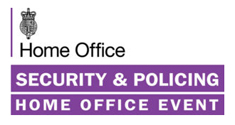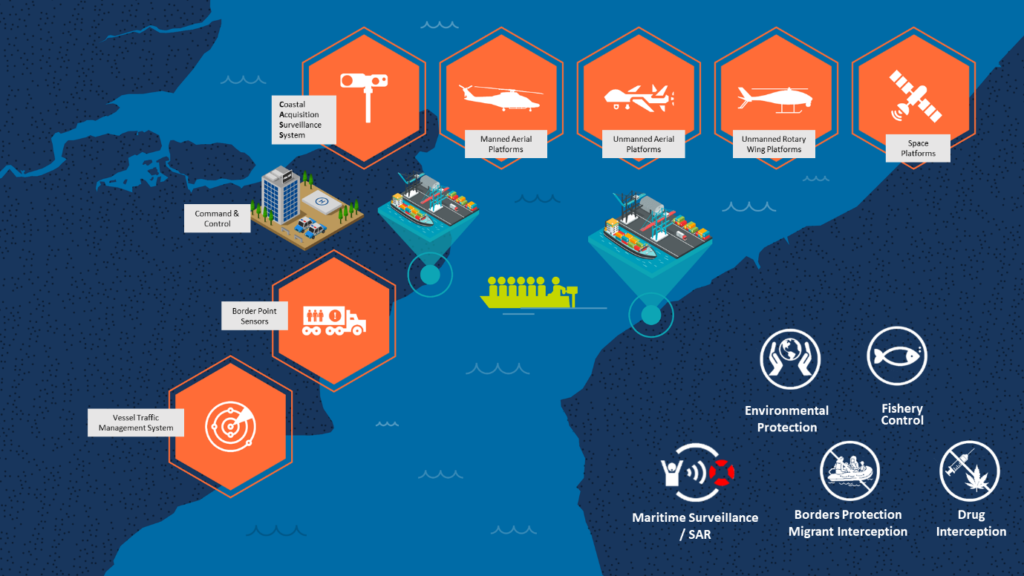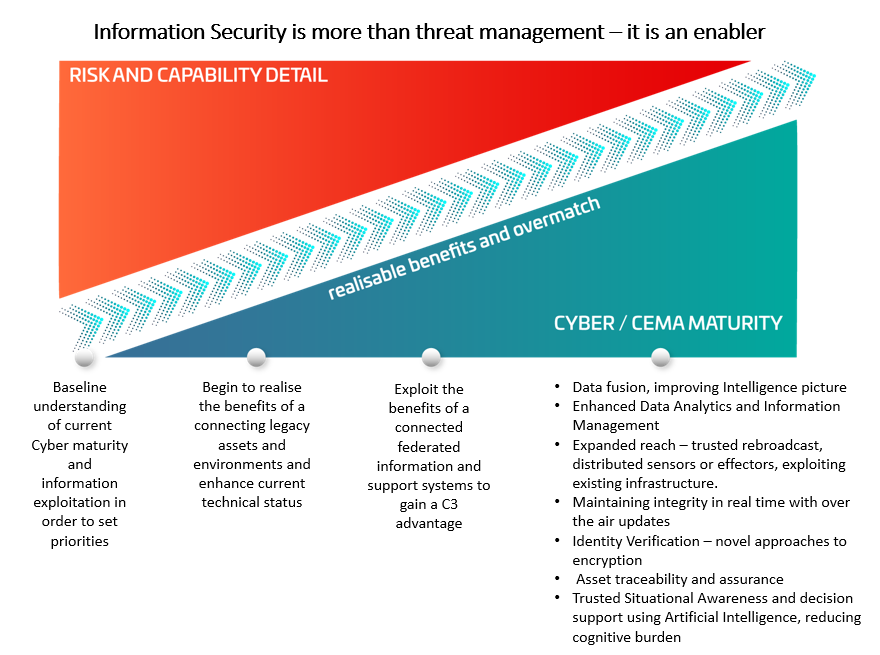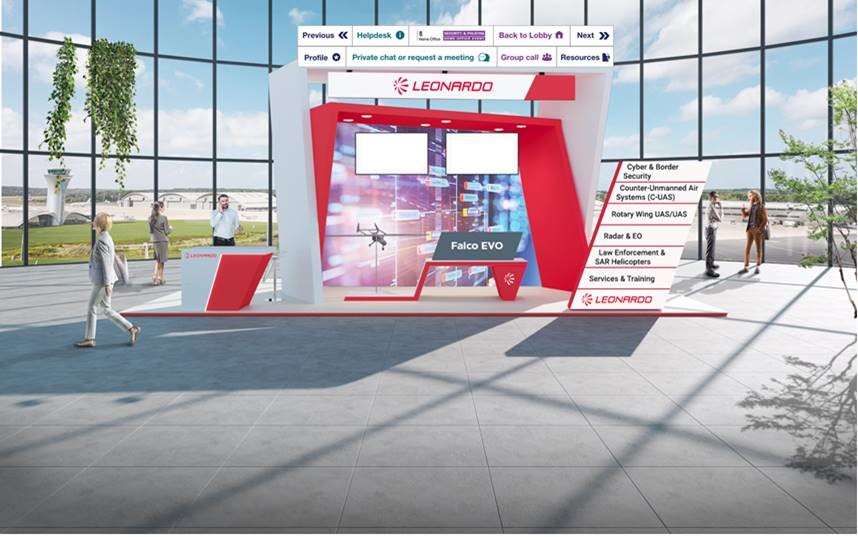Provided by S&P2021 Exhibitors – Leonardo
We cannot become complacent to the amount of reliance we now place in data as part of our day-to-day business and more complex security challenges. We regularly hear about digital transformation, data analytics, Big Data, and data being “king” – but what does this really mean?
Our demand for data has grown exponentially in recent times, with the need to capture, collect, process, transfer, store, aggregate, access and use information from a wide range of sources (including terrestrial, aerial, space etc.), often with differing methods, interfaces, protocols, and limited standardisation.
The homeland security sector is flooded with sensor technology (e.g. ANPR, covert tracking, CCTV, facial recognition, thermal imaging, X-ray, presence detection, radar etc), enhanced with AI/5G and installed not only on ground based infrastructures, but also on airborne platforms.
Take this Border Solutions map for example.
In this situation, there is a maritime border to control and secure from illegal trafficking. There are multiple systems in place that have the potential to provide aggregated data and information to a single Command and Control Infrastructure, including, but not limited to:
- Human Presence Detection
- Automatic Number plate Recognition
- Electro Optics
- Radar
- AIS
- Electronic Signature
- CBRN / Bio Hazard Detection
- Open Source Intelligence
- Port Information System
- Vessel Traffic Management System
- Manned and Unmanned Air Systems
- Space imagery and intelligence
Within this challenging operational scenario, manned and unmanned rotary-wing platforms can play a key role – acting as a true ‘force multiplier’ for ground/naval/maritime teams in both law enforcement, border protection and emergency operations.
Therefore rotary-wing assets are able to provide a greater visual range from the sky, cover distances faster, deliver extended persistence on the target and a more effective pursuit / interdiction of vessels or vehicles thanks to low airspeeds manoeuvring capability, without forgetting the potential ‘deterrent effect’ during operations.
In addition, manned and unmanned rotary-wing platforms are becoming more and more crucial to collect, transfer, and share information to a single Command and Control Infrastructure, thanks to advanced and fully integrated airborne systems such as radars, electro optics, Automatic Identification Systems (AIS) transponders, Line of Sight (LOS)/Beyond LOS data links and mobile phone detection and location systems.
Due to a number of factors, such as an adoption of similar technology for differing purposes, federated organisational structure and procurement, alignment challenges for common capability and a very real need for specialist user groups, we see the majority of organisations deploy point solutions, or deploy semi-integrated solutions within their boundary of control.
There are a myriad of open and proprietary standards, which make the integration challenge harder than it needs to be; however, there are some good examples where industry standards are commonplace, such as the use of the Real Time Streaming Protocol for video streaming.
All of these capabilities rely on a core component. That is, the ability to collect, transfer, store, access and share information across a defined or open environment. The ability to do this effectively directly impacts the value it brings. For example, if the resilience and security of the systems that were providing the data were not understood, it would be fair to assume that the information may have to be viewed with an error budget and therefore decreasing its usefulness. If the opposite was true and the system was known to be highly resilient, secured by design and integrated into an environment where the information generated could be trusted, then it would be fair to assert that this has potentially a great level of exploitation opposed to a untrusted system.
If we could factor this across multiple sensors, effectors, and a secure solution where the data itself was secured rather than relying on the endpoint, we can then confidently use our secure position to act as an “enabler of effect”.
We have already seen great steps being made; the Home Office lead national programmes (biometrics, NAS, etc) and the National Police Chiefs Council lead National Enabling Programmes (NEP).
With regards to specialist scenarios, topographical variance and geographic boundaries in addition to varying budget holders, we can consider a more holistic approach by further empowering the remit of the Open Standards Board;
We could consider an approach is to expand the remit of the Open Standards Board;
- Take an active role in NEP to define standards from the outside
- Proactively engage suppliers of related technologies to formulate standards
Furthermore, there is untapped operational and intelligence benefit from integrating technologies;
- Augmented Reality technology to overlay tracking devices, airwave radios on live video
- Pattern of life analysis algorithms to predict future behaviour
- More effective intercept
As more systems are integrated, the realisable benefits increase while the security challenge becomes greater as the attack surface increases.
This increases the need for effective protective monitoring and vulnerability management, not just what a cloud platform provider provides, but specifically suited to business applications.
As part of its role within ADS, Leonardo is a member of the External Affairs Board, the Defence Sector Board, and the Security Sector Board (SSB) and the latter’s Digital Information and Systems Integrity Group (DISIG) Special Interest Group. Through the DISIG and SSB we seek to assist RISC and the Security and Resilience Growth Partnership (SRGP) jointly chaired by the Home Office Security Minister and Chair of RISC to enhance the security and resilience of the UK.
Leonardo supports Security & Policing events annually and sees the Joint Security and Resilience Centre (JSaRC), which was established to help the Government and UK security sector suppliers work more closely, as a vital catalyst through its recognition of the importance of industry’s development of innovative solutions related to national security.
To learn more about Leonardo’s advanced Law Enforcement solutions designed to provide effective Public Security, come find us at Security and Policing 2021.
Please contact Richard Quinlan (richard.quinlan@leonardocompany.com) if you would like more information on Leonardo’s cyber and homeland security capabilities.
Please contact Alessandro Giuliani (alessandro.giuliani@leonardocompany.com) if you would like more information about Leonardo manned and unmanned rotary-wing solutions.
Or visit: www.leonardocompany.com
The views expressed in this editorial are not necessarily shared by, nor should be taken as the views of HMG, ADS and DODS (the event organisers). Any views expressed are those of the individual exhibitor contributors. No responsibility or liability is accepted by HMG, the organisers, for any loss occasioned to any person, legal or physical, acting or refraining from action as a result of any statement, fact, figure, expression of opinion or belief contained in the editorial features. The publication does not in any way imply endorsement by HMG or the event organisers of the products or services referred to therein.



